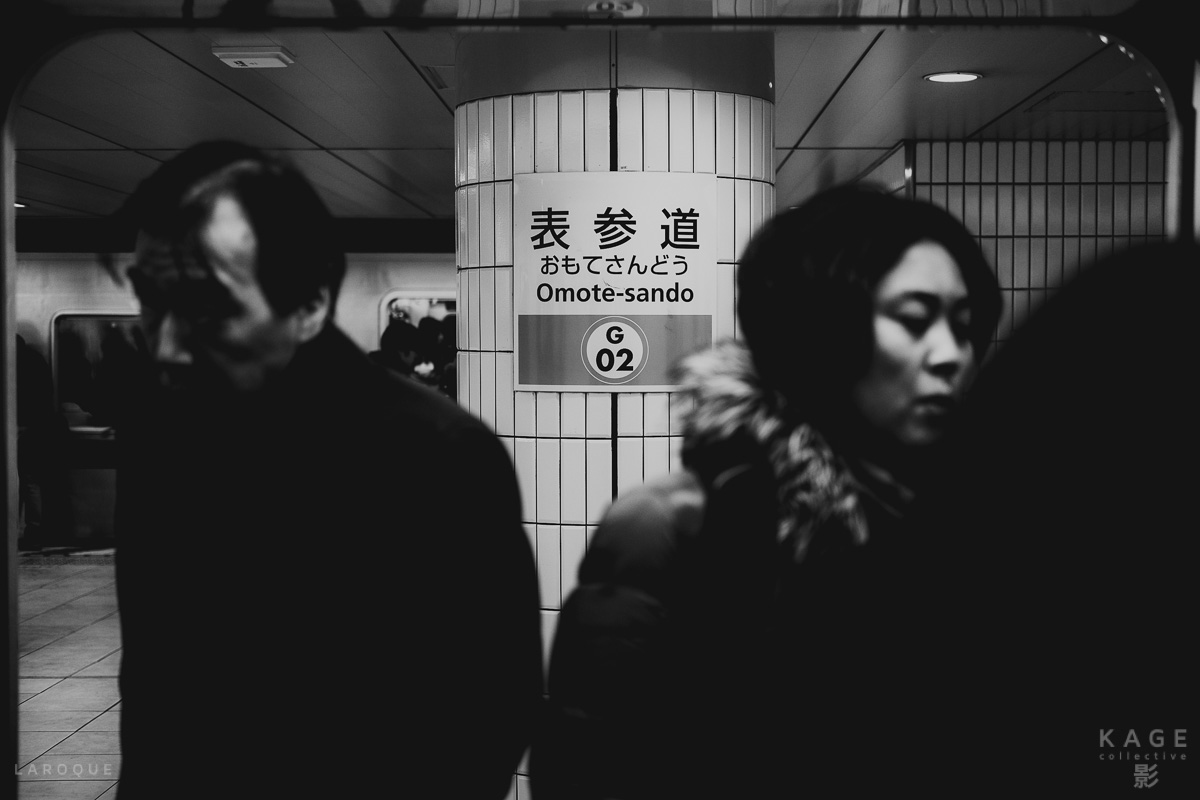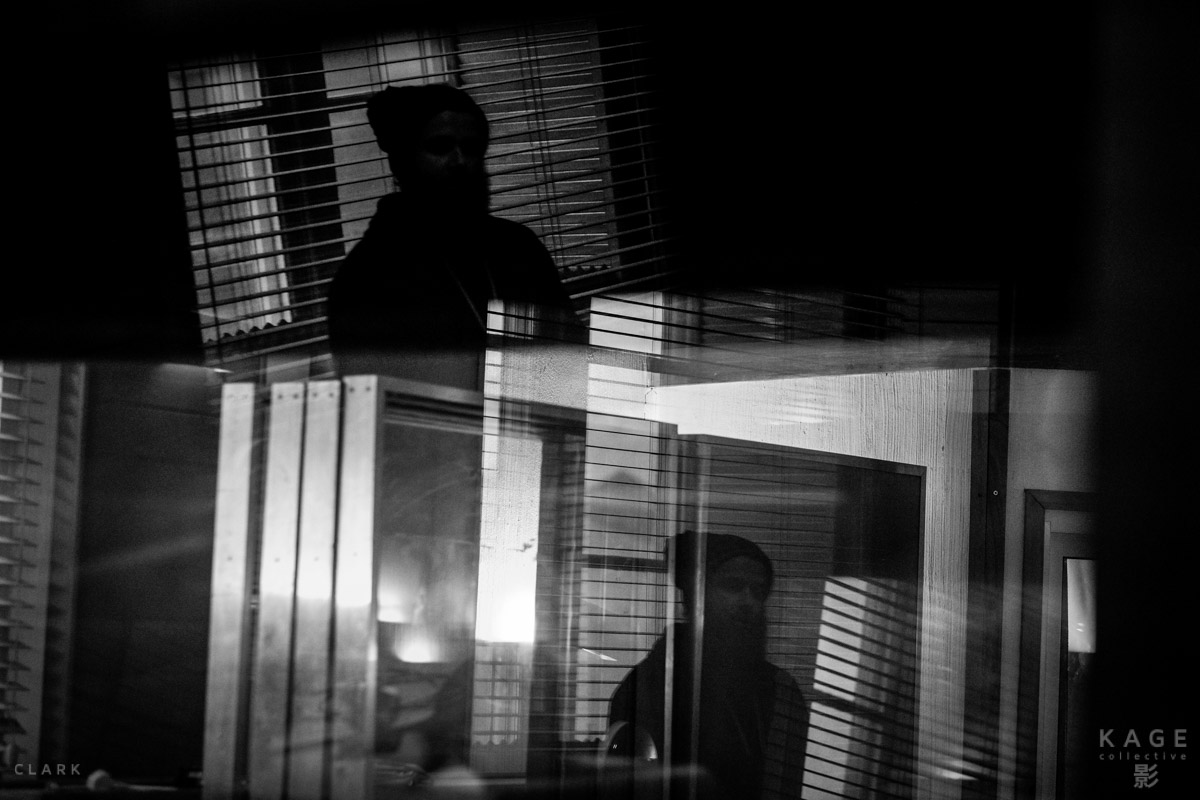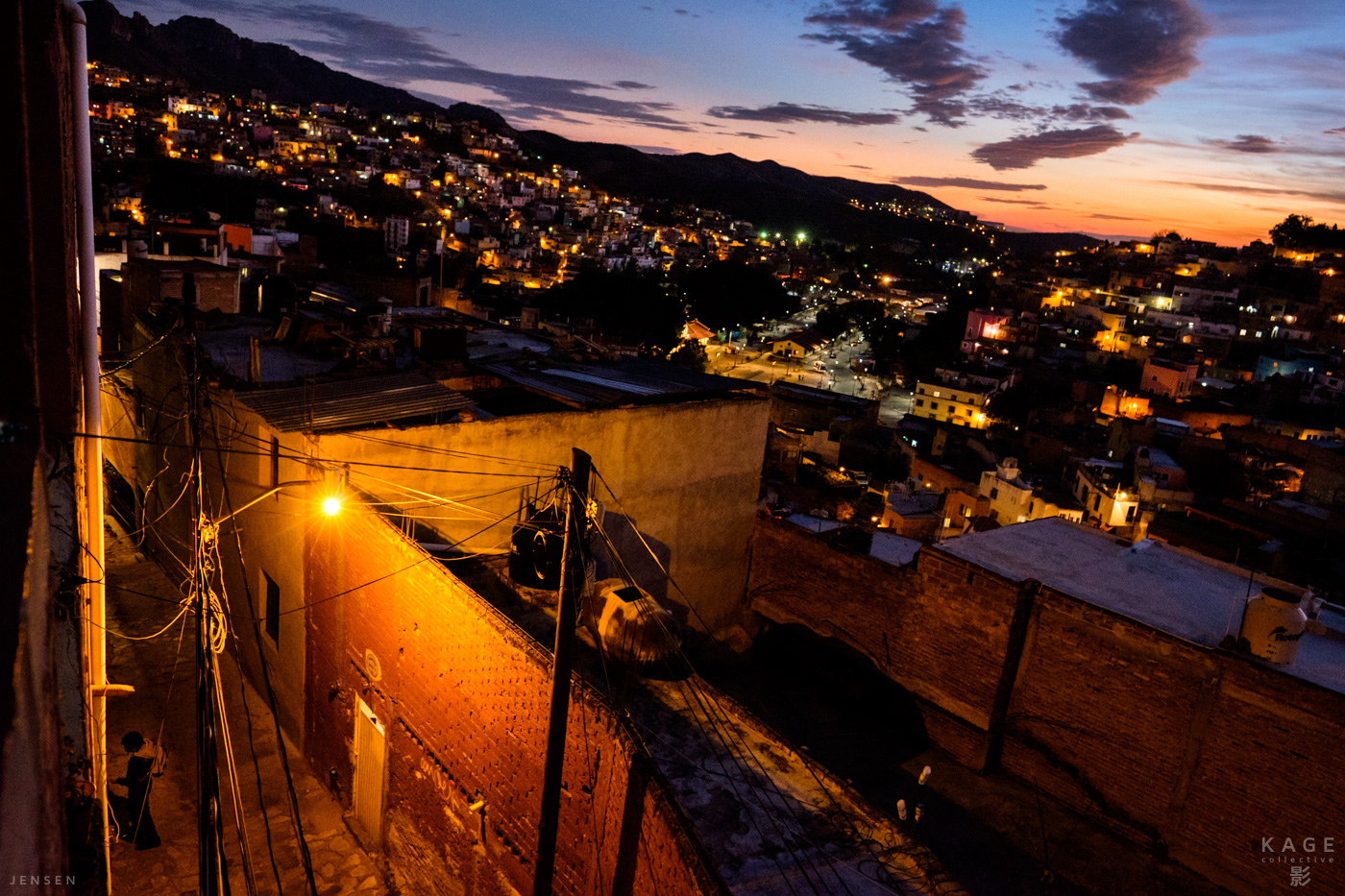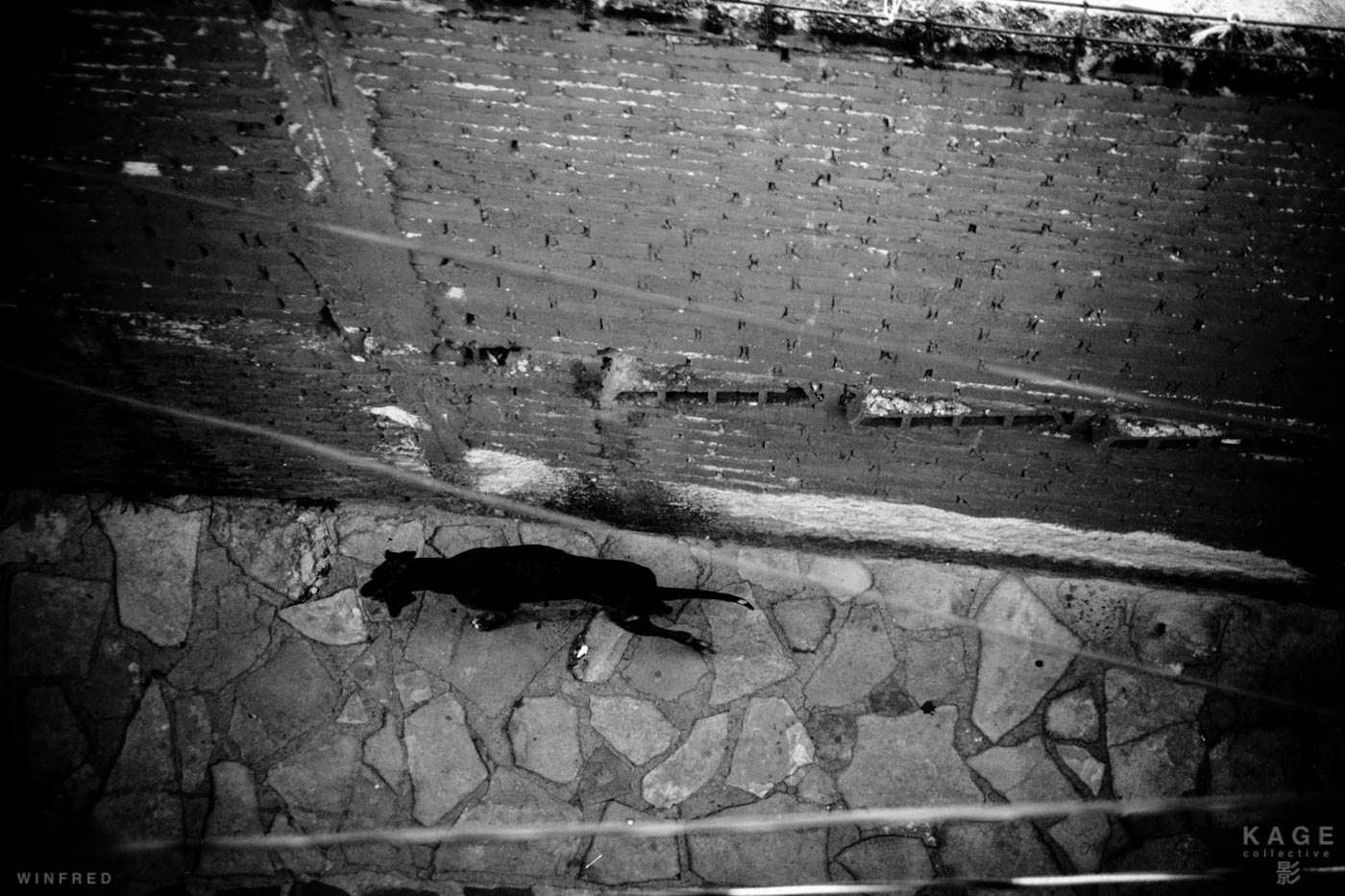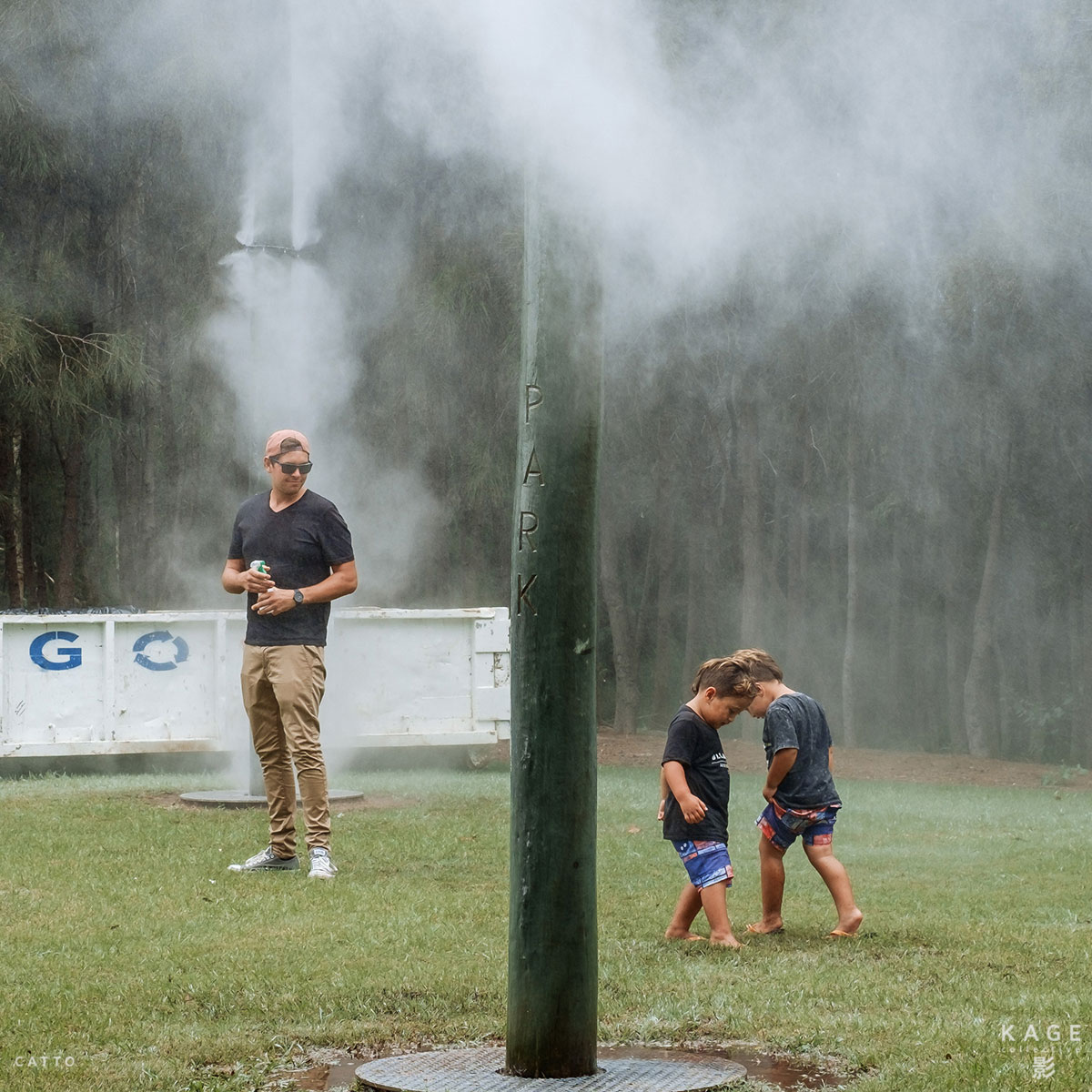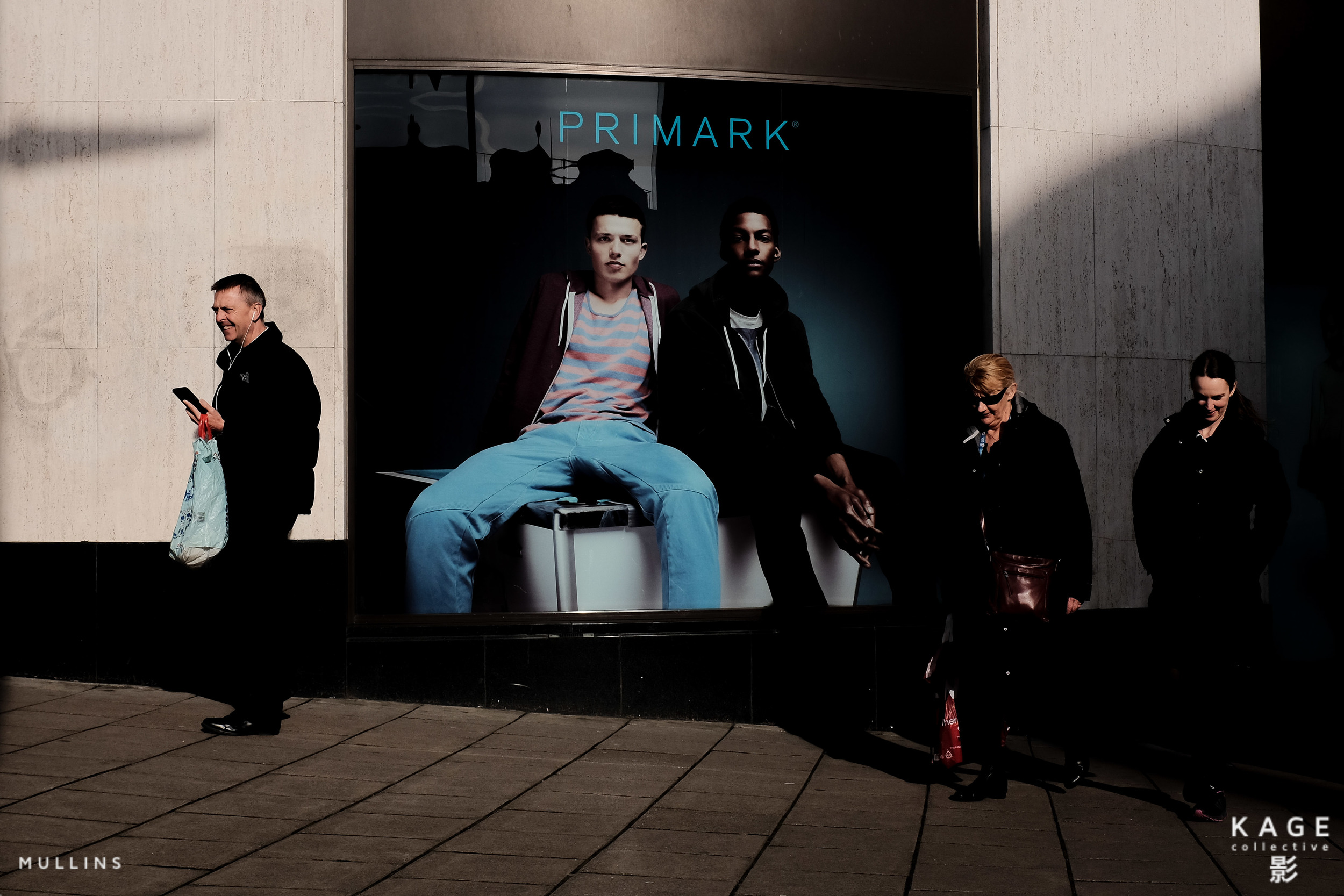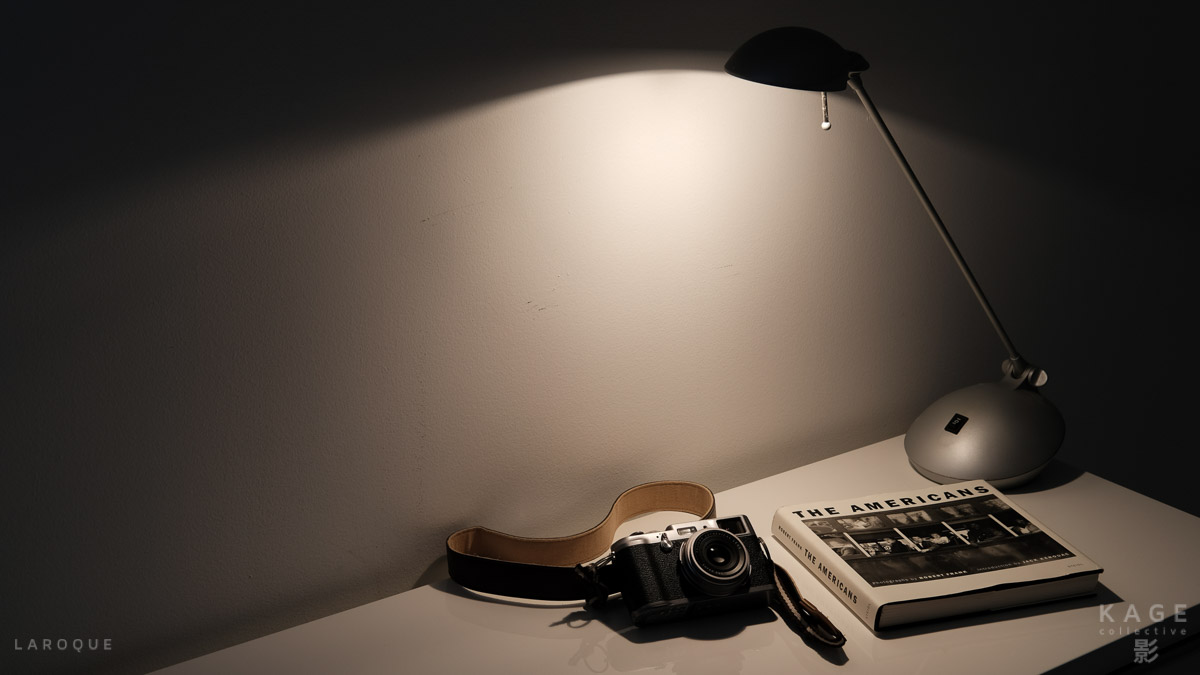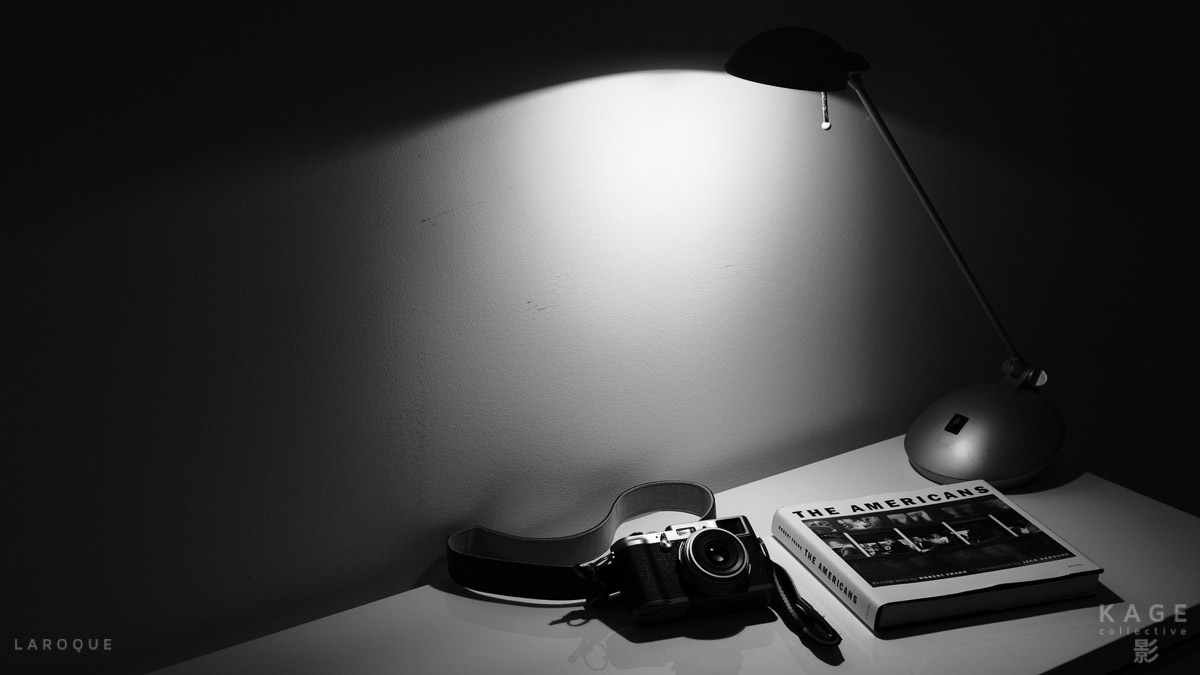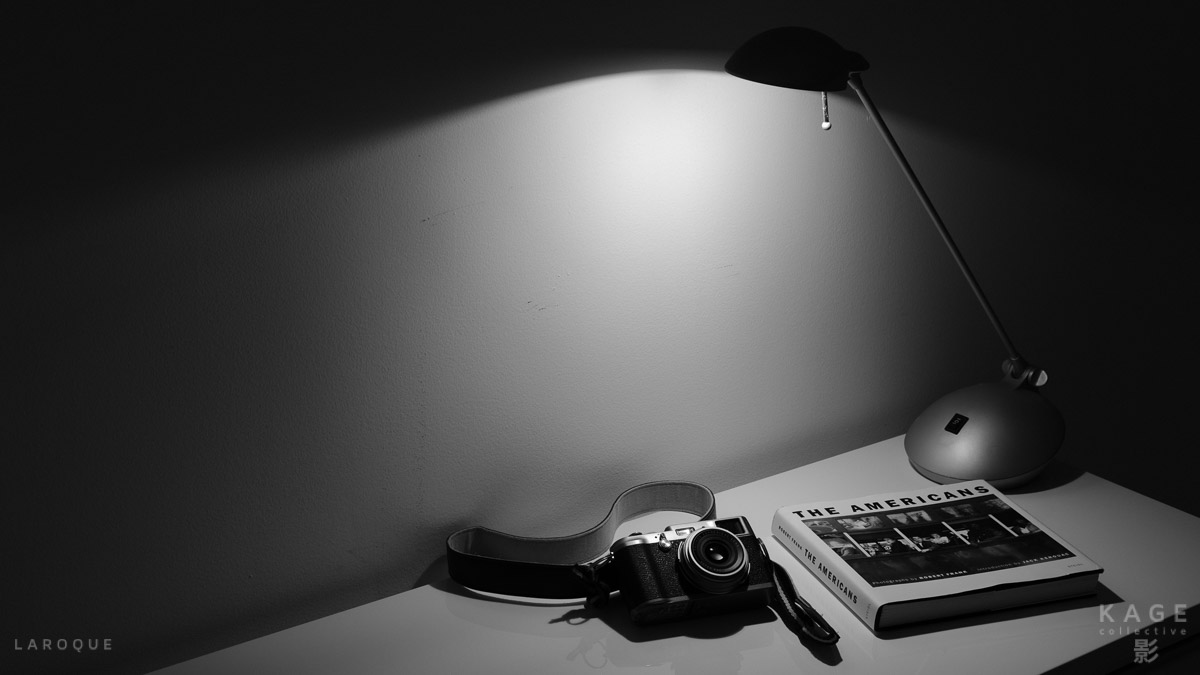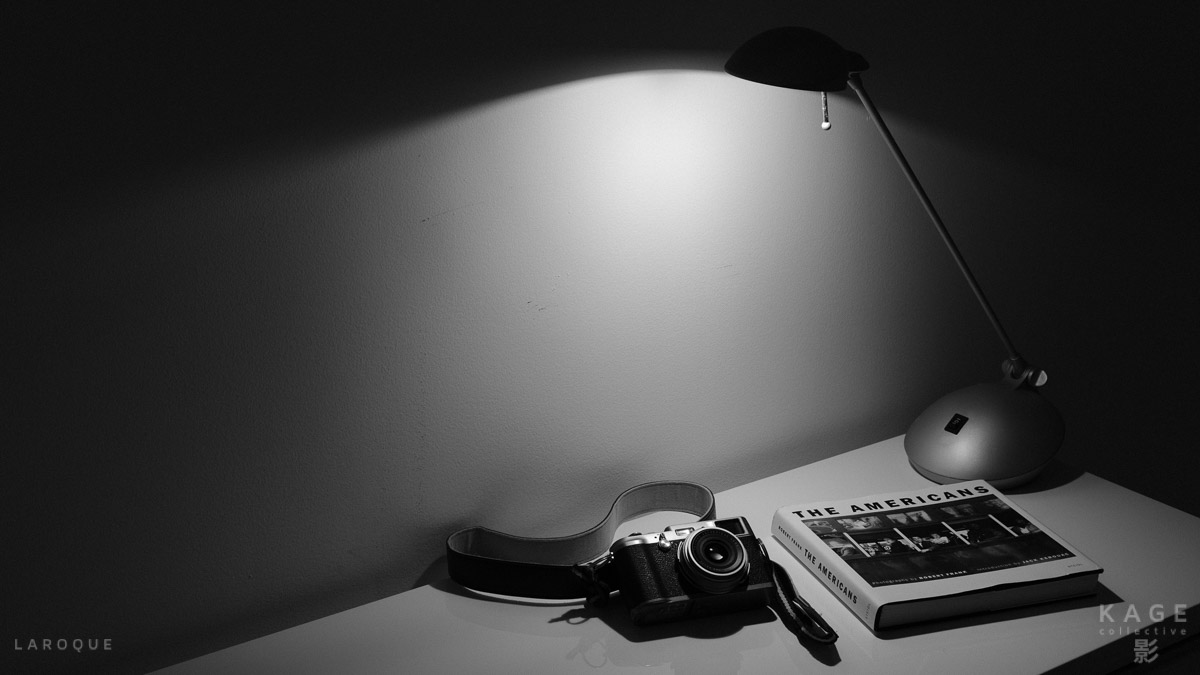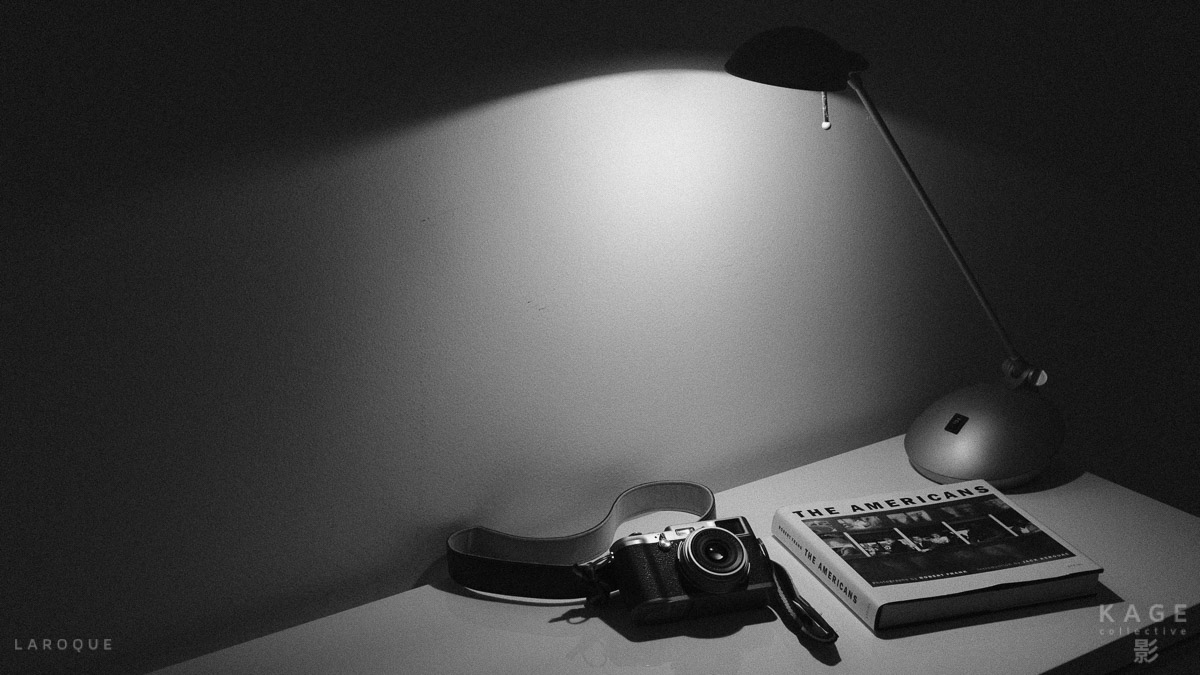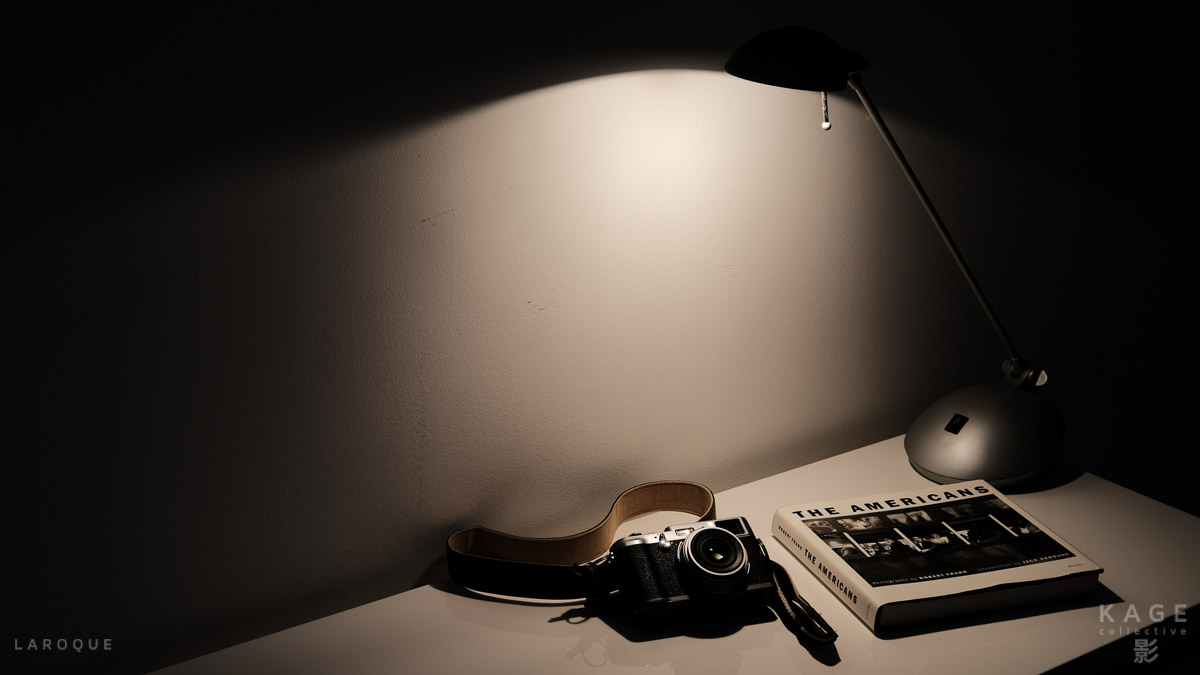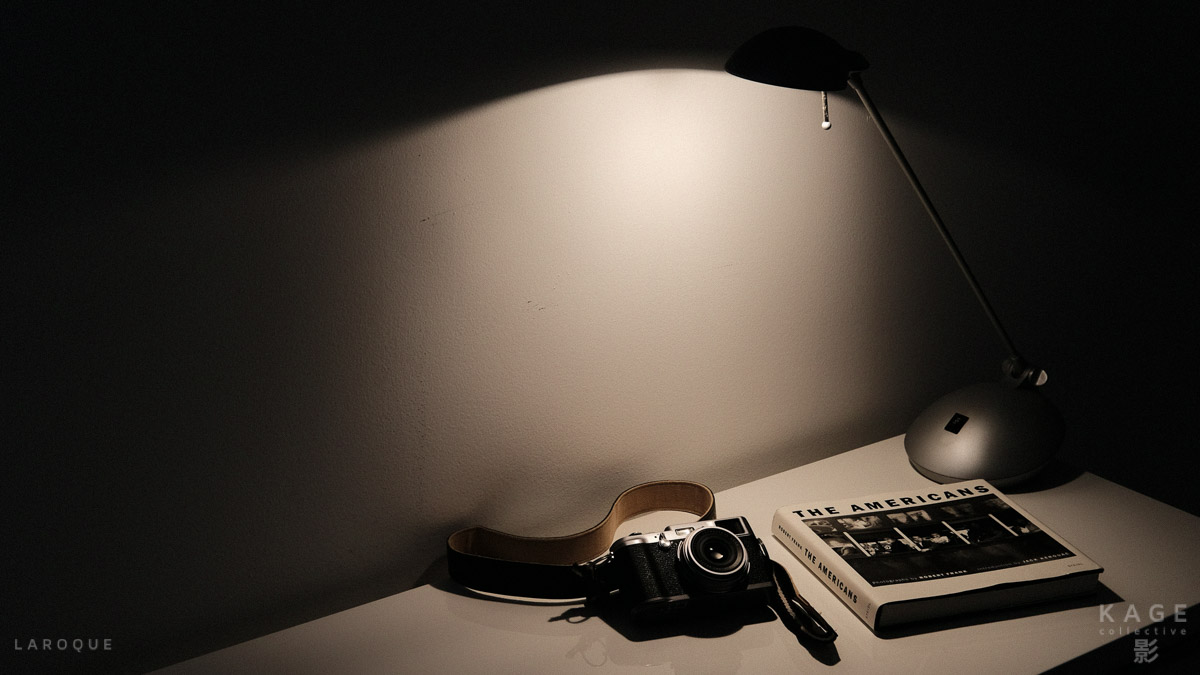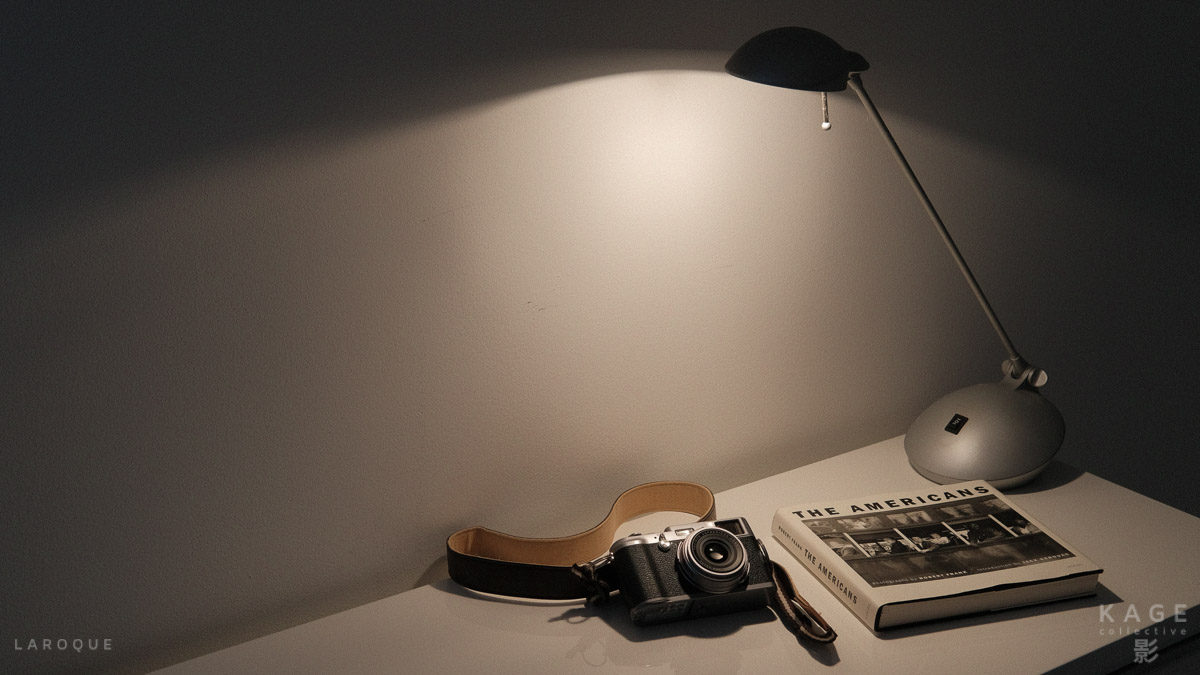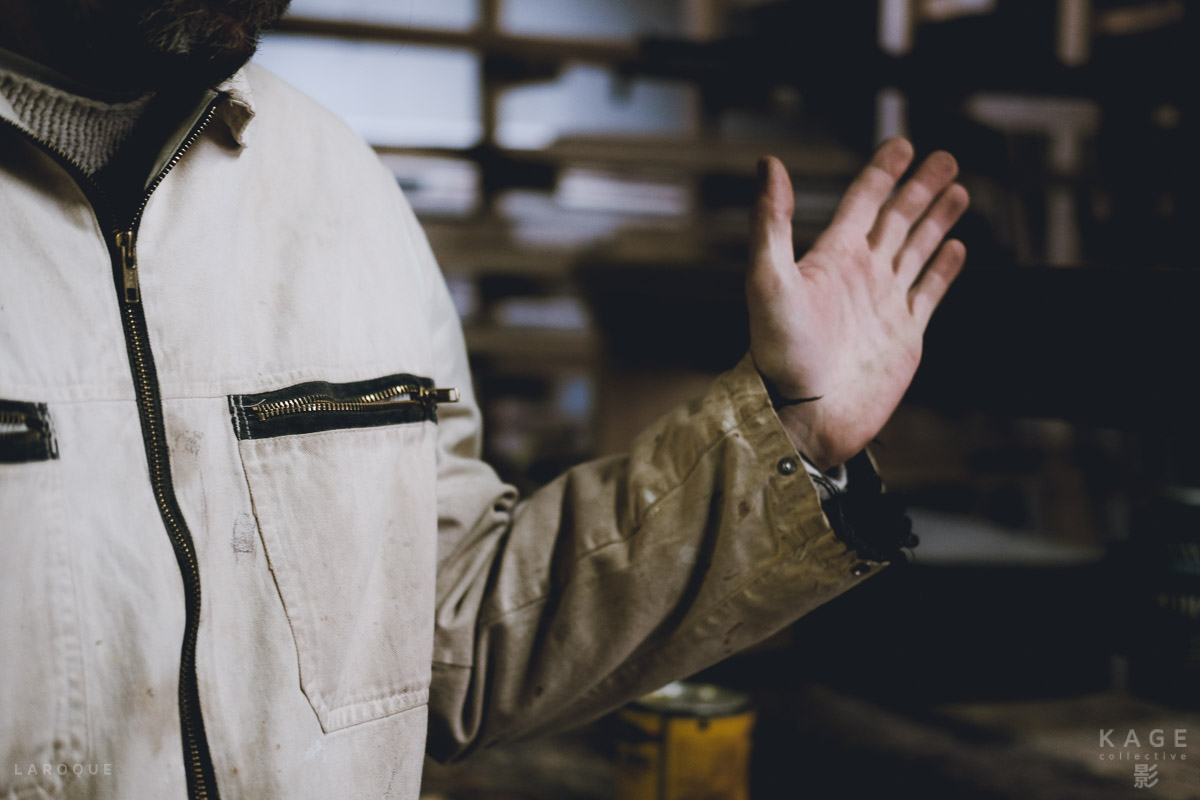For over three years now KAGE Collective has been first and foremost a gathering of photographers: our public face—the stories and articles on this site—was always the tip of the iceberg, with much more going on beneath the surface than what was actually visible. From day one—and even more so in the last two years—we've stayed in touch with each other, shared thoughts and ideas on an almost daily basis. But recently we came to the realization that this private activity was lulling us into a false sense of accomplishment...as enriching as they were, all these conversations weren't necessarily translating into actual content.
As a photography collective, content should be our focus, always.
KAGE Editions has been a step in the right direction, with three books already under the label's belt. But last November we also began re-thinking our ways more profoundly, laying the foundations for a new approach based on a magazine-like monthly schedule, the results of which you're seeing here today, with what we're labelling our first issue.
A fixed deadline may seem odd and almost anachronistic in this day and age, when everything around us is constantly speeding by on a daily basis, but our project isn't about news or immediacy—while we're broadening the scope to include interviews and articles along with essays and stories, we remain committed to a slow and deliberate approach. We feel this is consistent with the new format we're adopting.
Instead of random updates, our entire homepage will now refresh with brand new content on the 15th of every month, just like magazines in a newsstand. And I won't be the only one at the helm: each of us will also take turns as editor. Over the next few months, as we settle in and add material, additional changes to the website will allow these monthly issues to be browsed easily as we move away from the chronological but flat presentation of the collective's work we've been using up to this point.
This is for you, our readers—and we're hoping you'll stick around for the ride—but it’s also for us: because it's a kick in the you-know-what. Fact is, life runs on deadlines or else procrastination takes hold, soon followed by apathy, regardless of intentions. So enough with the chatter...and on with the show.
I'll end with a few words about this first issue, all about Fujifilm’s new flagship camera: the X-Pro2. Five of us had the privilege of being part of a special X-Photographers project and have been using prototypes since last October—so we've shot several essays and written a unified review that looks at various aspects of this impressive update from our individual point of views. Also this month: Charlene Winfred has a chat with photographer Lynn Gail and Derek Clark visits Open Trenches.
If you're reading this on January 15th 2016, Bert Stephani and I are in Tokyo attending the 5 year X-Series anniversary and X-Pro2 launch event, most likely shooting our hearts out. I'll take a wild guess and say there's probably also a good dose of saké mixed in; more stories in the making.
So welcome to our new digs, we do hope you enjoy the view. And let's all hail 2016: our Year of Publishing.
















































